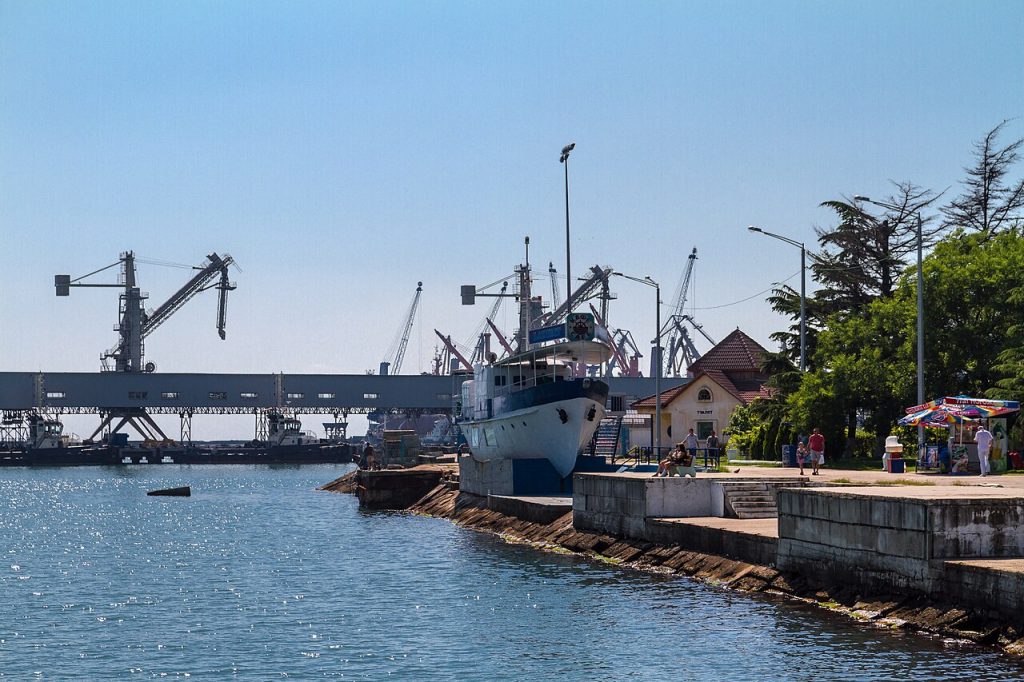
“An oil superpower can be brought to its knees without a single soldier crossing its borders.” That is the stark reality emerging from Ukraine’s escalating campaign against Russian energy infrastructure. The November 2 strike on the Tuapse Oil Terminal was not just another battlefield incident it was a calculated blow against one of Moscow’s most important Black Sea export hubs.
In recent months, Ukraine has turned long-range drone operations into a sustained war of attrition, targeting refineries and terminals deep inside Russia. The Tuapse attack, which ignited several fires, damaged critical loading berths, and triggered a 3.6-kilometer oil spill into the Black Sea, epitomizes this strategy. It has disrupted fuel exports, brought crude processing to a standstill, and underlined the vulnerability of Russia’s energy lifelines. This listicle dissects the key elements of the strike and its wider implications for Russia’s war economy and global energy security.
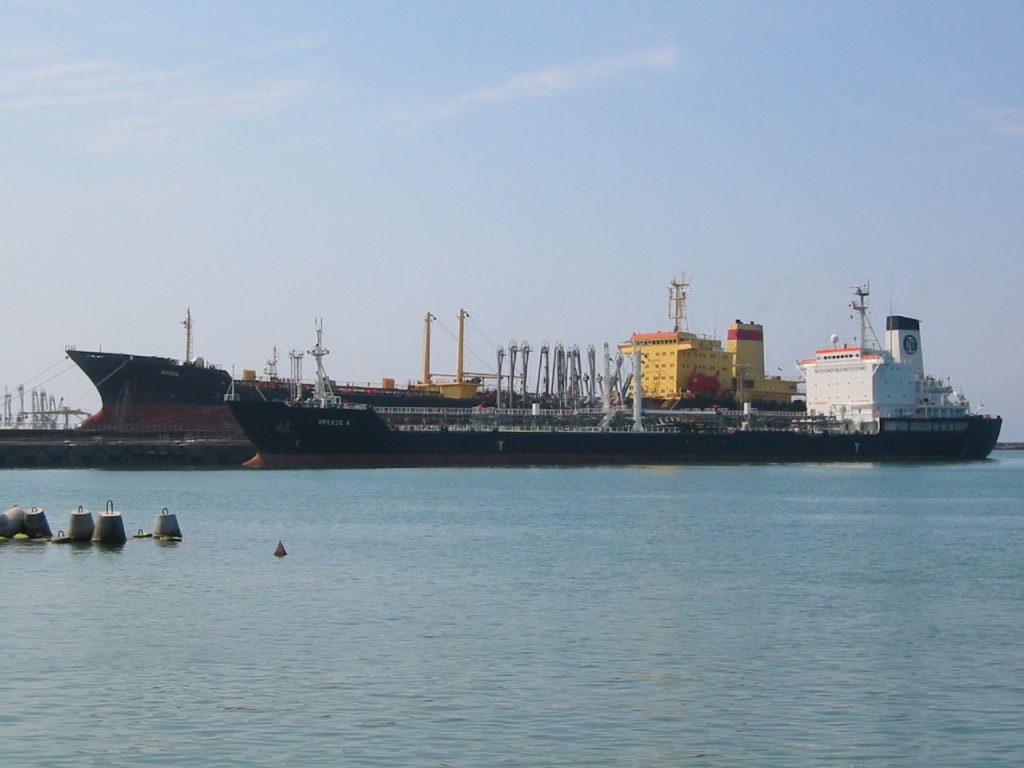
1. The Target: Tuapse’s Strategic Role
Commissioned in 2013, the Tuapse Oil Terminal has the capacity to process seven million tons of crude annually and can berth vessels up to 250 meters long. It has been an essential export channel for Rosneft, through which the company supplies petroleum products to the Mediterranean and Asian markets. The strike impacted facility deep-water berths the No. 1A and No. 1B berths thus paralyzing loading operations and forcing three tankers, including two Greek and one Turkish, to anchor offshore. United24 underlined that in such conditions, the loss of Tuapse is a serious operational blow to Moscow.
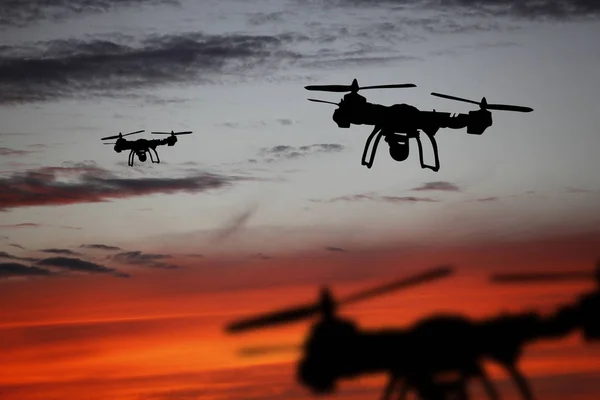
2. Carrying Out the Strike
According to the SBU, five drones hit their targets during the overnight operation one set a tanker on fire, four disabled loading stands, and many buildings were damaged within the port area. Satellite imagery from Airbus, analyzed by Exilenova+, showed direct hits on at least two key pipelines. Coordinated by the SBU’s Alpha Special Operations Center, the attack marked yet another demonstration of Ukraine’s increasingly advanced capability to carry out precision strikes deep within Russian territory despite the large-scale deployment of air defenses.

3. Fires and Immediate Damage
Militarnyi reported three separate fire sources two at the deep-water berthing facility and one near the Southern Mole area. Local authorities confirmed that debris from drones struck a tanker, damaging its deck superstructure and forcing crew evacuation. Flames engulfed parts of the terminal infrastructure, while the glass facade of the nearby railway station was shattered. These visible damages halted port operations and disrupted scheduled exports.

4. Environmental Fallout
BBC analysis of NASA satellite imagery revealed an oil slick stretching 3.6 kilometers into the Black Sea. This contamination adds to a series of recent spills in the region, raising concerns over long-term ecological impact. Past incidents, such as the December 2024 Kerch Strait disaster, have shown that cleanup operations can take years, with experts warning that full recovery from such spills could require five to ten years.

5. Economic Disruption
The strike also forced Tuapse’s refinery to halt crude processing and suspend fuel exports. According to data from LSEG, at the time of the attack, tankers were loading naphtha, diesel, and fuel oil all these have been relocated offshore. Seaborne oil product exports fell 13% month-on-month in September due directly to Ukrainian strikes, according to the Centre for Research on Energy and Clean Air. Together with the recent US sanctions against Rosneft and Lukoil, the attack adds pressure on Russia’s energy revenues.

6. Part of a Larger Campaign
It has stepped up its campaign since August, hitting over half of Russia’s 38 major refineries at least once. According to the President of Ukraine, Volodymyr Zelensky, such operations have cut Moscow’s refining capacity by 20-27%, forcing fuel shortages and rationing in parts of the country. The Tuapse strike fits into a broader strategy targeting both refining and export infrastructure to force Russia to sell lower-margin crude while reducing total volumes.
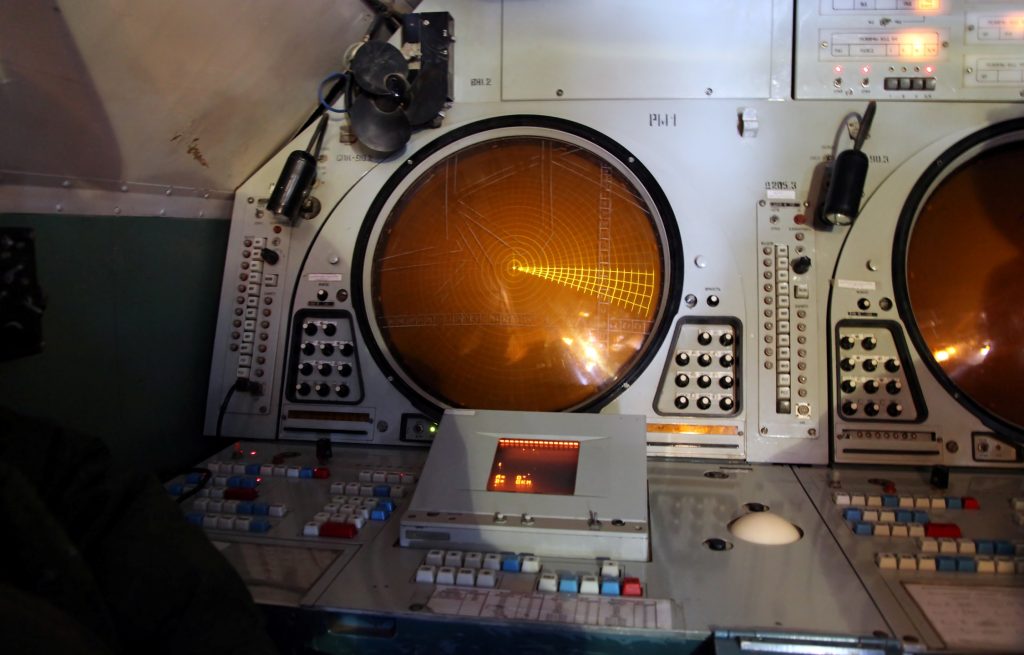
7. Russian Countermeasures
In response, Russia has begun installing improvised netting and metal cages over vulnerable refinery units. Air defense assets are being redeployed to protect critical energy hubs, but the vast geography and dispersed infrastructure limit coverage. As noted in recent analyses, Ukraine’s use of decoy drones and simultaneous strikes overwhelms defenses, exploiting gaps in radar coverage and electronic warfare systems.
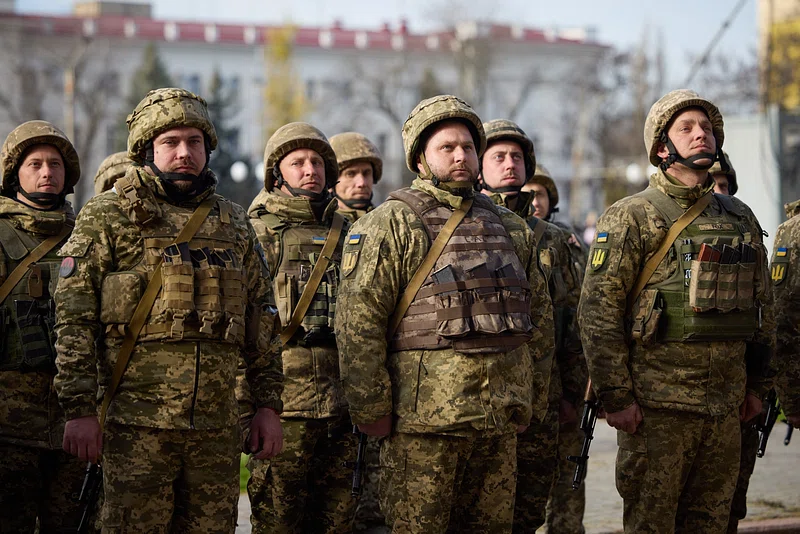
8. Military Impact
Inhibiting fuel supply chains restricts Russian military mobility by forcing a trade-off between supplying combat forces at the front lines and in rear areas. The mechanized units are conserving on training and operational tempo, and air defenses have to be diverted to protect energy infrastructure, thus creating vulnerabilities elsewhere.
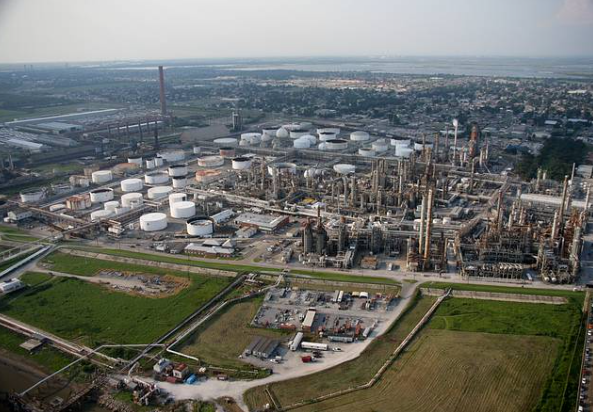
9. Long-term Strategic Consequences
Repeated strikes erode Russia’s repair capacity and efficiency. While refineries can recover from individual hits, the cumulative damage and shortages of equipment due to sanctions prolong outages. Analysts warn this war of attrition could lead to institutional degradation of Russia’s energy sector, locking it into stagnation under heavy state control and emergency decrees.
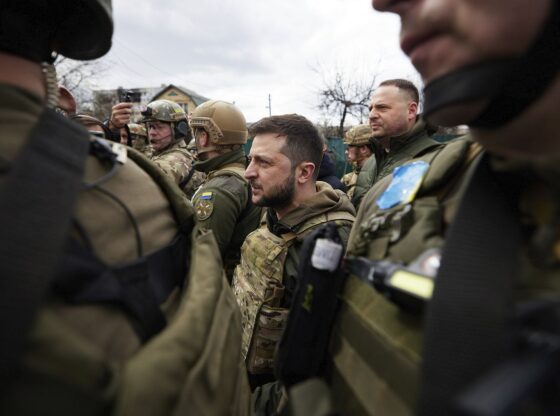
10. Global Energy Security Implications
While their immediate impact on world oil prices has been limited, the strikes have increased risk premiums for Russian exports and spurred investment in energy infrastructure protection. The demonstrated vulnerability of fixed facilities to precision drone attacks is prompting reassessment of energy security strategies worldwide, with emphasis on redundancy, rapid repair capabilities, and distributed production. The November 2 Tuapse strike illustrates how modern warfare can bypass traditional frontlines to hit economic and logistical nerve centers.
By combining precision drone technology with sustained operational tempo, Ukraine is reshaping the strategic calculus of energy warfare. For Russia, the challenge is no longer just defending territory it is defending the infrastructure that underpins its war economy. As both sides adapt, the battle over oil terminals and refineries will remain a decisive front in the conflict’s next phase.


